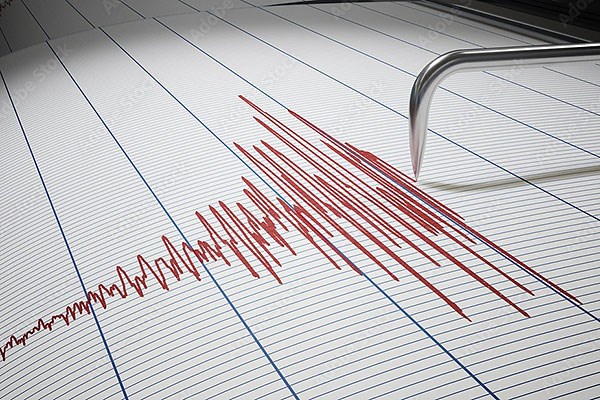Arghavan Louhghalam’s Research Focuses on Infrastructure Resilience

Powerful seismic events can devastate entire cities or regions in a matter of seconds or minutes.
03/01/2024
By Edwin L. Aguirre
On Feb. 6, 2023, a magnitude 7.8 earthquake, followed hours later by a second violent quake, devastated southern Turkey and northern Syria. More than 55,000 people were killed, and thousands of homes and buildings were damaged or destroyed. Seven months later, a magnitude 6.8 temblor struck western Morocco, the strongest to hit the country in more than 100 years; more than 2,900 people were killed and thousands of structures were damaged or destroyed.
Assoc. Prof. Arghavan Louhghalam of the Department of Civil and Environmental Engineering is conducting research on “resilience analytics” that could someday help communities mitigate the impact of such earthquakes and other natural disasters. Her effort is supported by a $525,000 CAREER grant from the National Science Foundation. Her team includes Ph.D. student Mojdeh GholamiShali as well as collaborators from UMass Dartmouth and MIT Sloan School of Management. Louhghalam recently spoke to us about her research.
Q: You say the ultimate goal of this project is to enhance the resilience of civil infrastructure to natural hazards. What do you mean by resilience?
A: Resilience is basically the ability of a system – civil infrastructure such as a set of buildings or a network of roads, tunnels and bridges – to recover from a natural disaster. When something happens to a system, the functionality of the system or how it performs drops significantly.

Assoc. Prof. Arghavan Louhghalam
Q: Does resilience also mean resistance to outside forces?
A: Resistance is part of robustness, how much your system is able to resist forces when disaster strikes. For example, in an earthquake, the amount of damage your system sustains is actually a function of how resistant your structure is to the quake. So, we design structures for the highest resistance while considering the cost.
Q: Aside from earthquakes, what other natural hazards are your research focusing on?
A: Our approach is general and can be applied to different types of natural hazards such as tsunamis, hurricanes, tornadoes, flooding and wildfires. This field of study is becoming more important as the frequency and severity of extreme weather events increase due to climate change.
We are planning to perform a case study and implement our approach to estimate the resilience for a community subjected to earthquake hazard. The reason we chose earthquakes is mainly because of the richness and availability of data on seismic hazard risks at most locations in the world.
Q: Is this the first time this kind of fundamental research is being conducted?
A: There has been previous research on resilience, but what we are proposing is a bottom-up approach, in which we start with a building and then a natural hazard, in this case an earthquake, hypothetically hits the structure. How does the building tolerate the quake, and what kind of damage are we going to see in this structure? We will then account for the uncertainties in the structure and the hazard and consider them during the analysis. Finally, we will examine several building representatives of the building stock in the community and try to upscale our building-level estimates all the way to the scale of a city. In our upscaling, we will also account for the existing damage correlations at one point in the city with other locations within the city.
Our bottom-up approach is new and has not been implemented before. This is what makes our research unique ? the ability to upscale the study and consider all the associated uncertainties.
Q: How will this project help protect lives, properties and businesses?
A: The frequency of natural hazards with great potential for economic and social impact has increased significantly in recent years. The extent of damage and loss as a result of these extreme events is also on the rise, due to the vulnerability of infrastructures and significant urban development in disaster-prone areas.
Our goal is to help develop mitigation strategies by creating our own simulation tools and integrating AI and physics-based modeling of natural disasters so we can evaluate the ability of a particular structure or environment to cope with the hazards. Such information is sought by city planners, emergency planners, architects, structural engineers, policymakers and government agencies such as the Federal Emergency Management Agency, the Department of Homeland Security and the Department of Defense.
Hopefully, the outcome of our research would help policymakers make risk-informed decisions and strategies that would enhance the ability of civil infrastructures to cope with extreme natural hazards and lead to significant reductions in economic losses and negative social impacts.
Q: Can your results be applied to both new and existing infrastructure?
A: Yes, our results can be used for new urban developments as well as existing ones. Of course, our tools would be more helpful during the design stages, but that is not practical for many developed countries where the infrastructure is already in place. However, in these cases, in addition to assessing the resilience of the existing building stock, they can be used as a scientific decision tool on how to retrofit or strengthen existing infrastructure.
